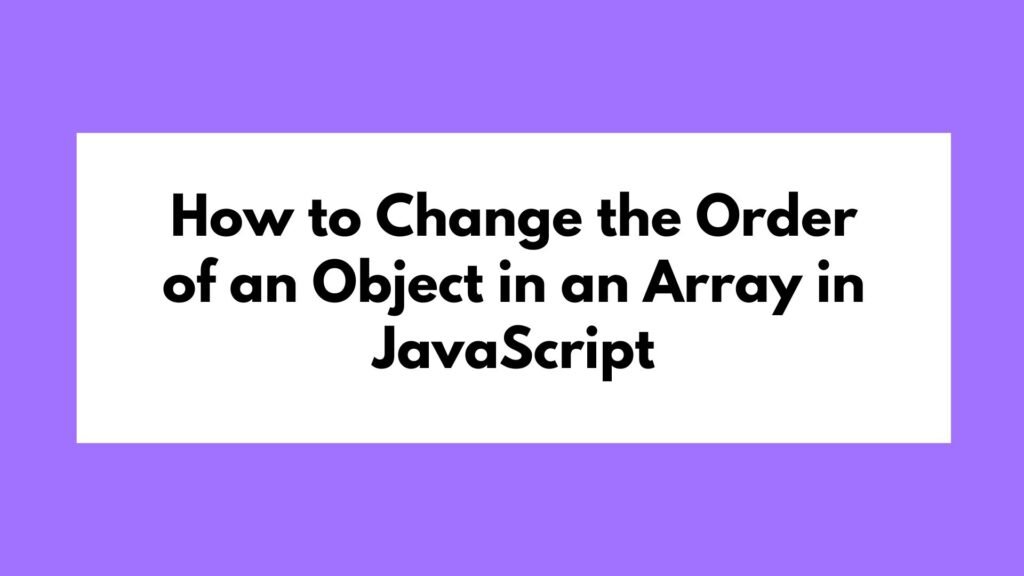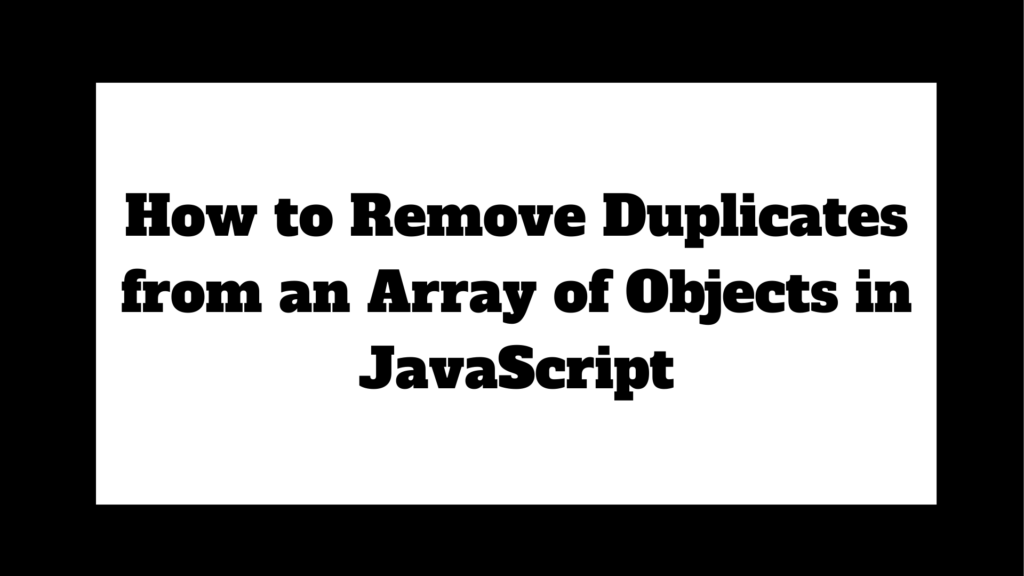
In JavaScript, working with arrays of objects is a common scenario, especially when dealing with structured data. Extracting keys and values from these objects is an essential task. This guide will explore various methods to retrieve keys and values from an array of objects in JavaScript, with detailed explanations and code examples.
const array = [{ name: 'John', age: 30 }, { name: 'Jane', age: 25 }];
array.forEach(obj => {
Object.entries(obj).forEach(([key, value]) => {
console.log(`${key}: ${value}`);
});
});
- Purpose: Learn how to extract keys and values from an array of objects in JavaScript.
- Common Use Case: Iterate over an array of objects to retrieve key-value pairs.
Methods on How to Get Key and Value from an Array of Objects in JavaScript
When dealing with arrays of objects in JavaScript, extracting the keys and values is a fundamental operation. This can be useful for tasks like data processing, rendering content dynamically, or even just debugging. This guide will show you how to effectively retrieve keys and values from an array of objects using different approaches.
Using forEach() with Object.entries()
The forEach() method combined with Object.entries() is a powerful way to iterate over an array of objects and access each key-value pair.
Example 1: Iterating Over an Array of Objects
const array = [
{ name: 'John', age: 30 },
{ name: 'Jane', age: 25 }
];
array.forEach(obj => {
Object.entries(obj).forEach(([key, value]) => {
console.log(`${key}: ${value}`);
});
});
Explanation:
const array = [...];: An array containing objects with keysnameandage.array.forEach(obj => {...});: Iterates over each object in the array.Object.entries(obj).forEach(([key, value]) => {...});: Converts the object into an array of key-value pairs and iterates over them.console.log(\${key}: ${value}`);`: Logs each key-value pair to the console.
Using for...of Loop
The for...of loop is another straightforward way to iterate over an array of objects and access their keys and values.
Example 2: Using for...of to Access Keys and Values
const array = [
{ name: 'Alice', age: 28 },
{ name: 'Bob', age: 35 }
];
for (const obj of array) {
for (const [key, value] of Object.entries(obj)) {
console.log(`${key}: ${value}`);
}
}
Explanation:
for (const obj of array) {...}: Iterates over each object in the array.for (const [key, value] of Object.entries(obj)) {...}: Extracts keys and values from the object.console.log(\${key}: ${value}`);`: Logs each key-value pair to the console.
Using map() for Key-Value Extraction
The map() method can be used to create a new array containing the key-value pairs of each object.
Example 3: Creating an Array of Key-Value Pairs
const array = [
{ name: 'Charlie', age: 40 },
{ name: 'Diana', age: 22 }
];
const keyValuePairs = array.map(obj => Object.entries(obj));
console.log(keyValuePairs);
Explanation:
const keyValuePairs = array.map(obj => Object.entries(obj));: Maps each object in the array to an array of key-value pairs.console.log(keyValuePairs);: Logs the array of key-value pairs to the console.
Using Destructuring Assignment
Destructuring assignment allows you to easily extract keys and values from objects inside an array.
Example 4: Destructuring to Access Keys and Values
const array = [
{ name: 'Eve', age: 29 },
{ name: 'Frank', age: 33 }
];
array.forEach(({ name, age }) => {
console.log(`name: ${name}, age: ${age}`);
});
Explanation:
array.forEach(({ name, age }) => {...});: Destructures thenameandageproperties from each object in the array.console.log(\name: ${name}, age: ${age}`);`: Logs the destructured key-value pairs to the console.
Conclusion
Extracting keys and values from an array of objects in JavaScript can be accomplished through various methods, each suited to different use cases. Whether you use forEach() with Object.entries(), the for...of loop, map(), or destructuring, these techniques will help you efficiently work with complex data structures. Understanding these methods will make your JavaScript code more robust, readable, and maintainable.


